Walks
I've read wtf_nature almost since it began, but I've never made a new post before.
There's nothing I love more in nature than an animal that goes a completely different route than the rest of its group, and one of my top favorite animal groups, the Diptera, have quite a few surprising deviants. Case in point, the various species whose unusual lifestyles call for little to no actual flying. They are the emus and kiwis of the insect world, APTEROUS flies!
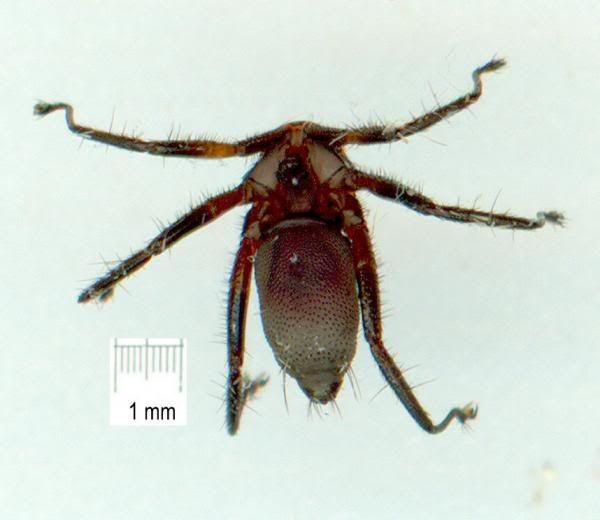
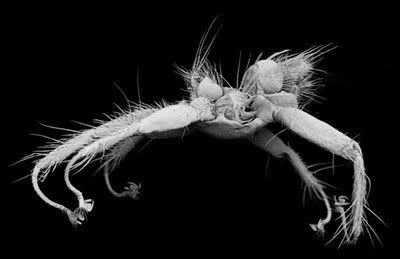
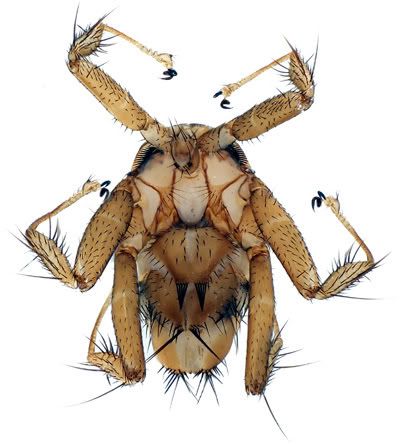
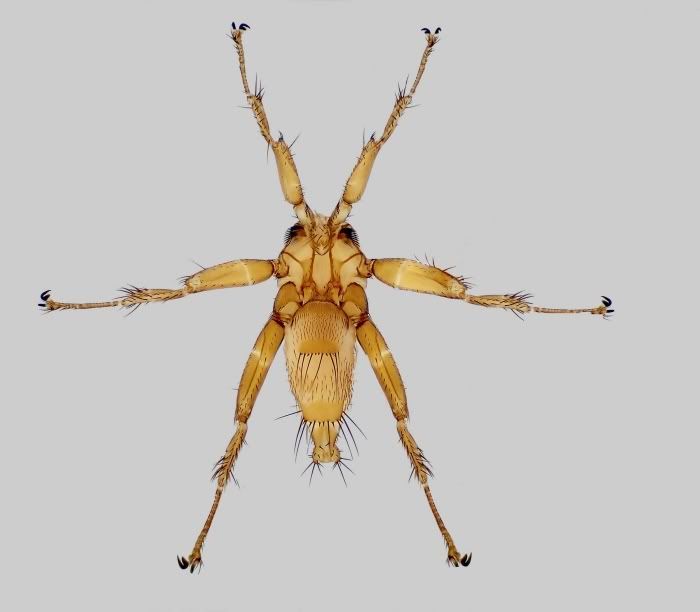
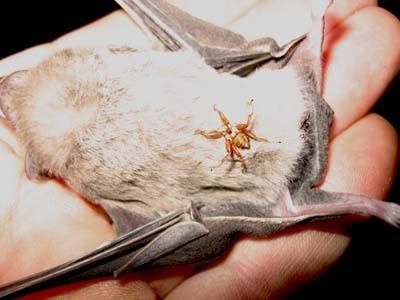
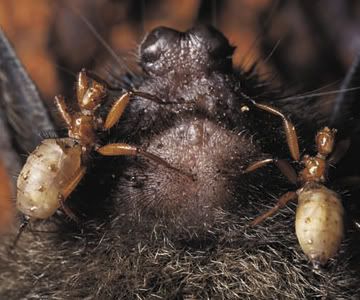
I'm starting off with one of my single favorite animals in the world, a creature I almost made the sole focus of my first contribution. "Bat flies," also called "spider flies" or even "spider bat flies" look so unlike the other Diptera that they were once mistaken for an entirely new class of insect. So named because they are found only on the bodies of certain bats, some are believed to be bloodsuckers while while others live exclusively off residual fecal matter in the animal's fur. In other words, They are bat toilet paper.

These are the wings of four different species, none of them functional.
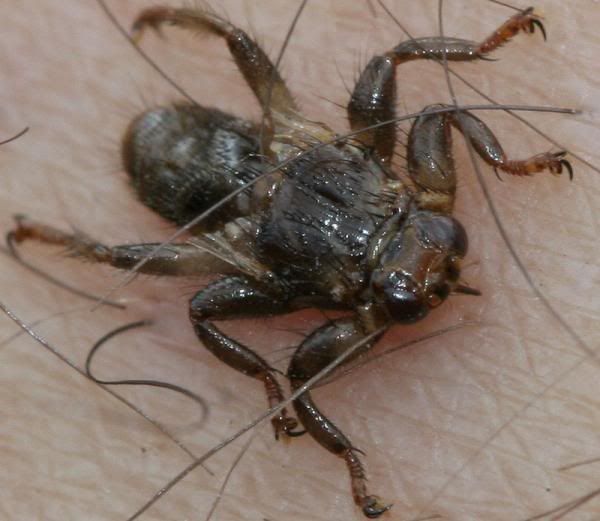
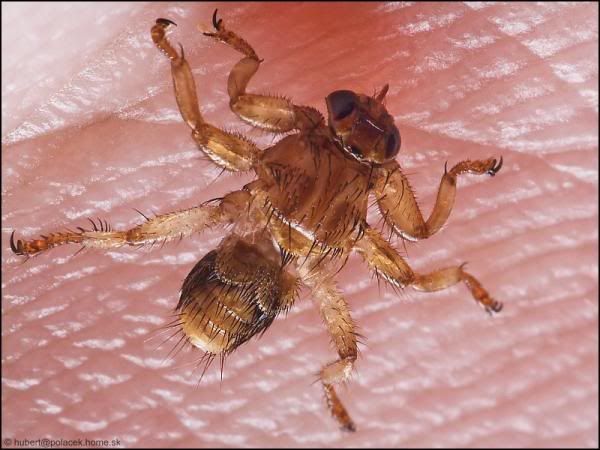
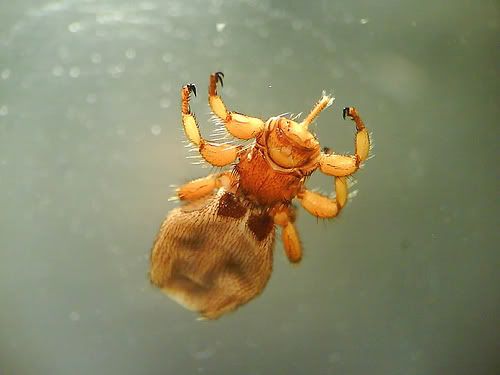
A little more malevolent than the spider-legged poo eaters, "sheep keds" or "sheep ticks" are members of the Hippoboscidae or "louse flies." Some species are fully winged, some are fully wingless, and still others hatch with wings that they use only once to find a host. Afterwards, the wings rub off or tear apart in the fur. No species is known to attack humans, but they are a common livestock pest.


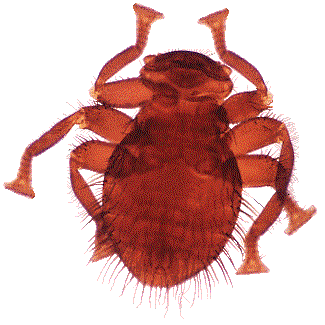
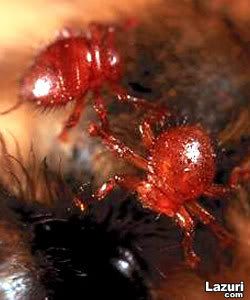
The incredibly tiny Braula caeca here is known as the "bee louse." When hungry, it scampers down and tickles the host's mouth, triggering a reflexive regurgitation normally used to share food with other bees. This forced bulimia can weaken the host and shorten its lifespan, especially if shared by several "lice" at a time.
...Beelimia?
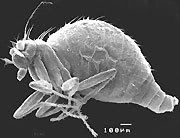
Female Wandoleckia have the strangest habitat of all these guys...the mucous coating of giant African land snails. They're completely harmless to the mollusk, feeding on the same slime they call home. Males are winged and fly from snail to snail in search of some action, and are otherwise poorly understood. Their lifespan from egg to death is about three weeks.
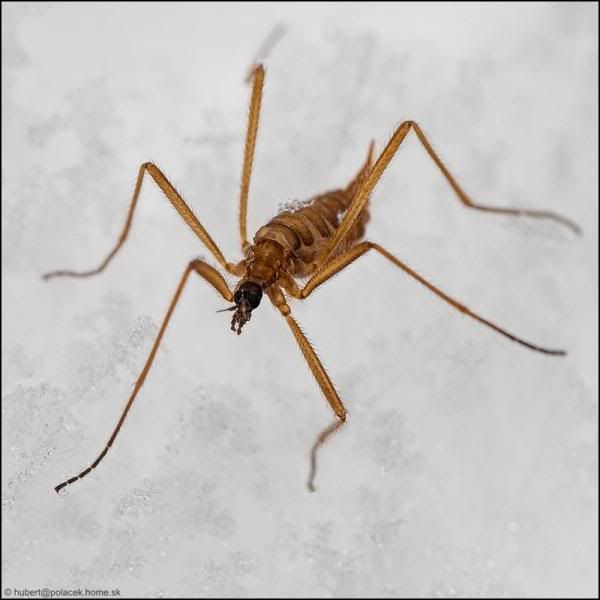
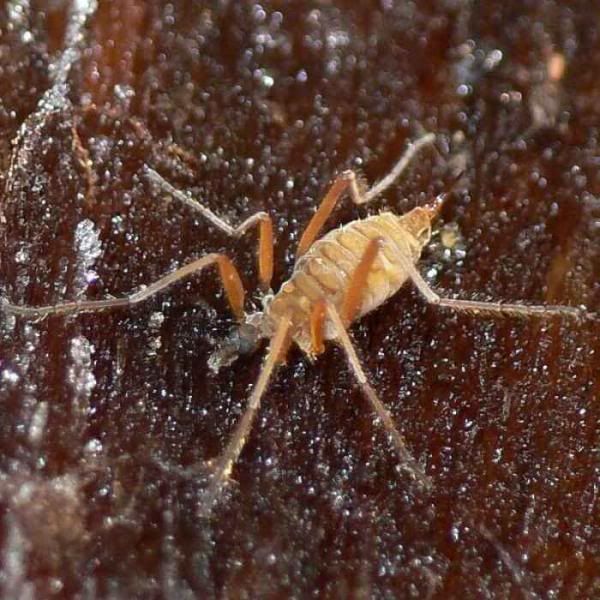

Finally, some of the few apterous flies that do not live on some other animal, Chionea are part of the crane fly family, and among those rare insects at home in the ice and snow. In fact, they're attracted to the coldest temperatures they can find, and can be found at some of the highest altitudes of any macroscopic animal. Adults drink water from ice but are not known to eat anything, while larva feed on dead vegetation, moss, lichen or animal droppings.
There's nothing I love more in nature than an animal that goes a completely different route than the rest of its group, and one of my top favorite animal groups, the Diptera, have quite a few surprising deviants. Case in point, the various species whose unusual lifestyles call for little to no actual flying. They are the emus and kiwis of the insect world, APTEROUS flies!






I'm starting off with one of my single favorite animals in the world, a creature I almost made the sole focus of my first contribution. "Bat flies," also called "spider flies" or even "spider bat flies" look so unlike the other Diptera that they were once mistaken for an entirely new class of insect. So named because they are found only on the bodies of certain bats, some are believed to be bloodsuckers while while others live exclusively off residual fecal matter in the animal's fur. In other words, They are bat toilet paper.

These are the wings of four different species, none of them functional.



A little more malevolent than the spider-legged poo eaters, "sheep keds" or "sheep ticks" are members of the Hippoboscidae or "louse flies." Some species are fully winged, some are fully wingless, and still others hatch with wings that they use only once to find a host. Afterwards, the wings rub off or tear apart in the fur. No species is known to attack humans, but they are a common livestock pest.




The incredibly tiny Braula caeca here is known as the "bee louse." When hungry, it scampers down and tickles the host's mouth, triggering a reflexive regurgitation normally used to share food with other bees. This forced bulimia can weaken the host and shorten its lifespan, especially if shared by several "lice" at a time.
...Beelimia?

Female Wandoleckia have the strangest habitat of all these guys...the mucous coating of giant African land snails. They're completely harmless to the mollusk, feeding on the same slime they call home. Males are winged and fly from snail to snail in search of some action, and are otherwise poorly understood. Their lifespan from egg to death is about three weeks.



Finally, some of the few apterous flies that do not live on some other animal, Chionea are part of the crane fly family, and among those rare insects at home in the ice and snow. In fact, they're attracted to the coldest temperatures they can find, and can be found at some of the highest altitudes of any macroscopic animal. Adults drink water from ice but are not known to eat anything, while larva feed on dead vegetation, moss, lichen or animal droppings.